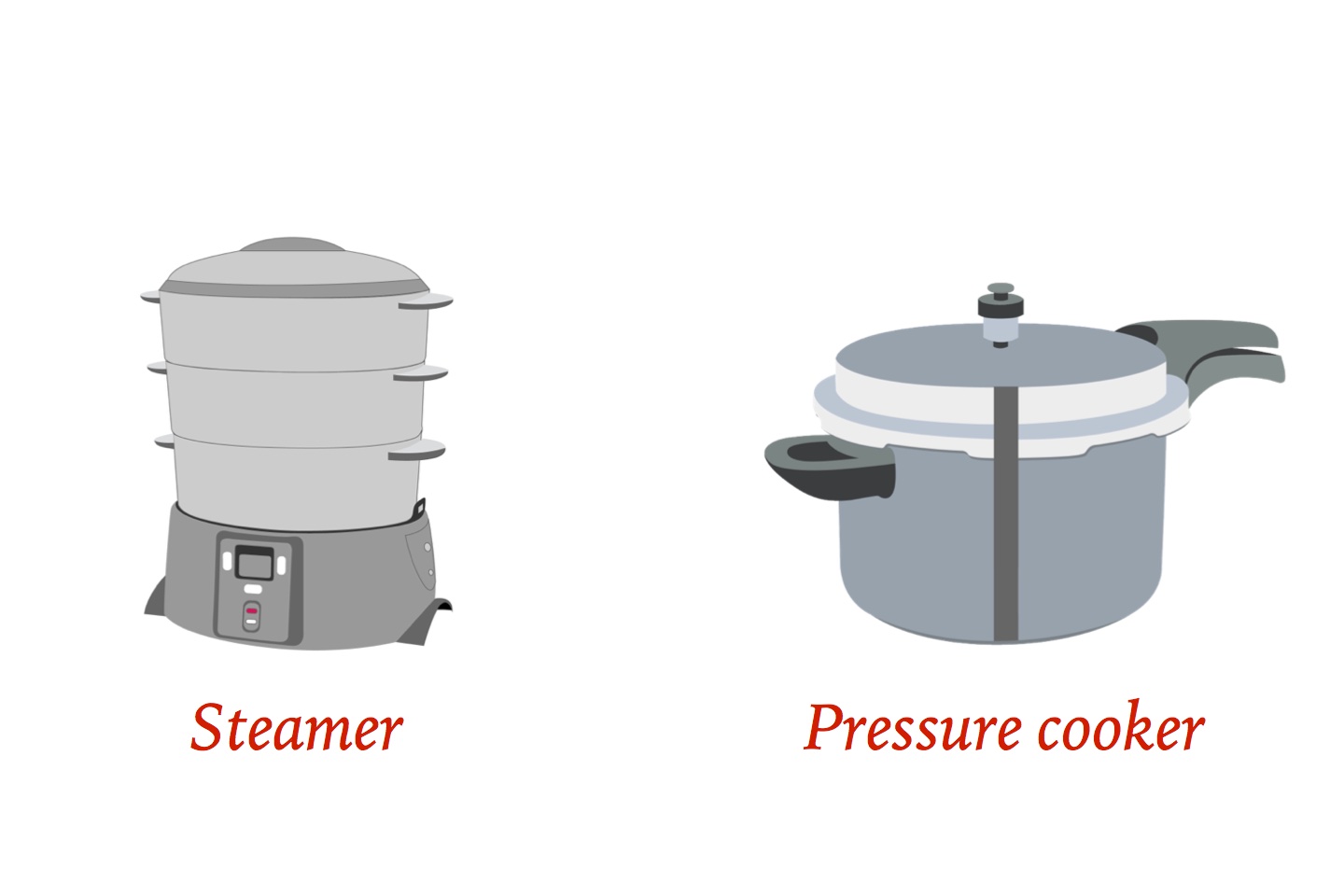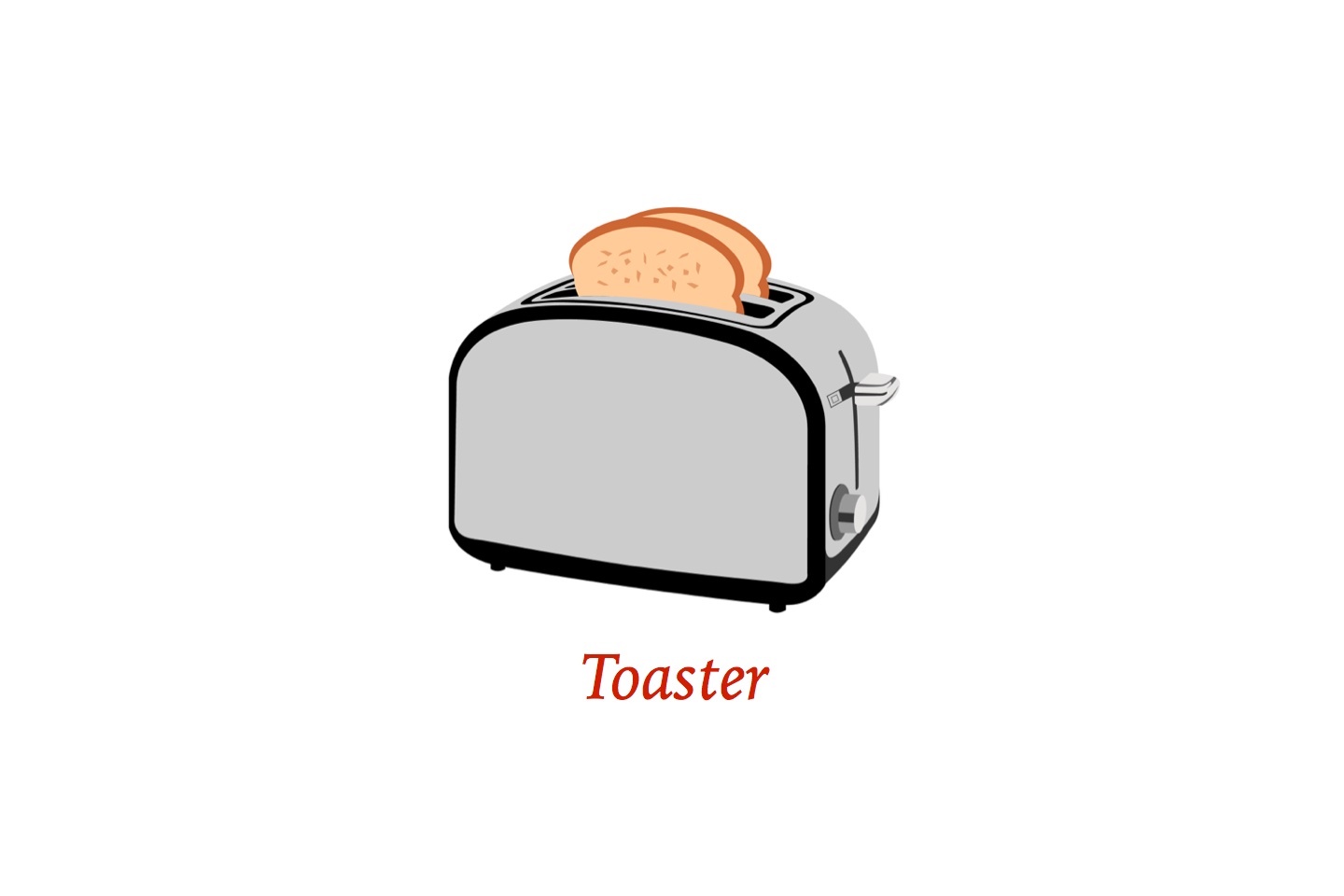Cottura del cibo (parte 3)
Share:
Tags:
‘To sear’: abbrustolire.
Sear the hamburger and don’t press it, so that it keeps its juices inside.
Abbrustolisci l'hamburger e non premerlo, in modo che mantenga i suoi succhi all'interno.
'Seared': abbrustolito.
Once it’s seared on one side, flip it only once, without breaking it.
Una volta che è abbrustolito da un lato, capovolgilo solo una volta, senza romperlo.
‘To simmer’: cuocere a fuoco lento, sobbollire.
Let the sauce simmer for about an hour.
Lascia sobbollire la salsa per circa un'ora.
‘To steam’: cuocere a vapore.
We can start to steam the vegetables.
Possiamo iniziare a cuocere vapore le verdure.
‘Steamer’: vaporiera.
Where’s the steamer?
Dov’è la vaporiera?
‘Steam’, sostantivo, è il vapore.
Steam is rising from the soup.
Il vapore si sta alzando dalla zuppa.


‘To stew’: stufare, cuocere a fuoco lento.
Add the red wine and allow the meat to stew for half an hour.
Aggiungi il vino rosso e lascia stufare la carne per mezz'ora.
'Stewed': aggettivo stufato.
After being half an hour in the pressure cooker, it’s supposed to be completely stewed.
Dopo essere mezz'ora in pentola a pressione, dovrebbe essere completamente stufato.
‘Stew’ è anche sostantivo, è lo stufato.
It’s time to prepare the stew for dinner.
È ora di preparare lo stufato per cena.
‘To toast’: tostare.
Can anyone toast some bread?
Qualcuno può tostare del pane?


‘Toaster’: tostapane.
Have you seen the toaster?
Avete visto il tostapane?
‘Toast’ è anche il sostantivo toast, pane tostato.
I’m sorry, I’ve burnt the toast.
Scusate, ho bruciato il toast.


